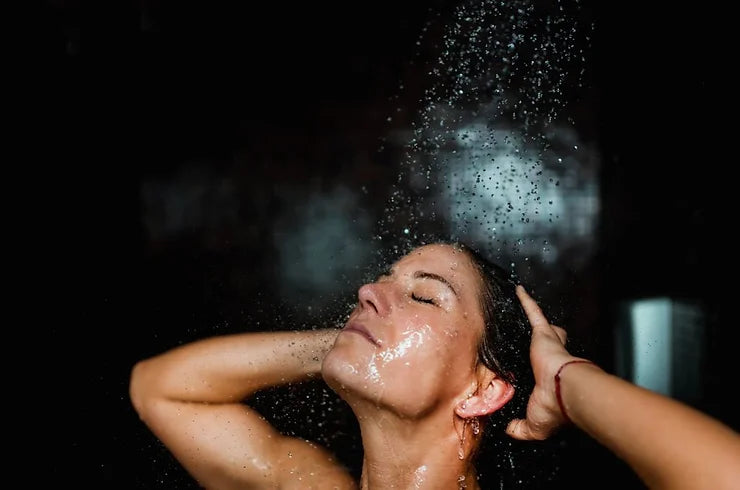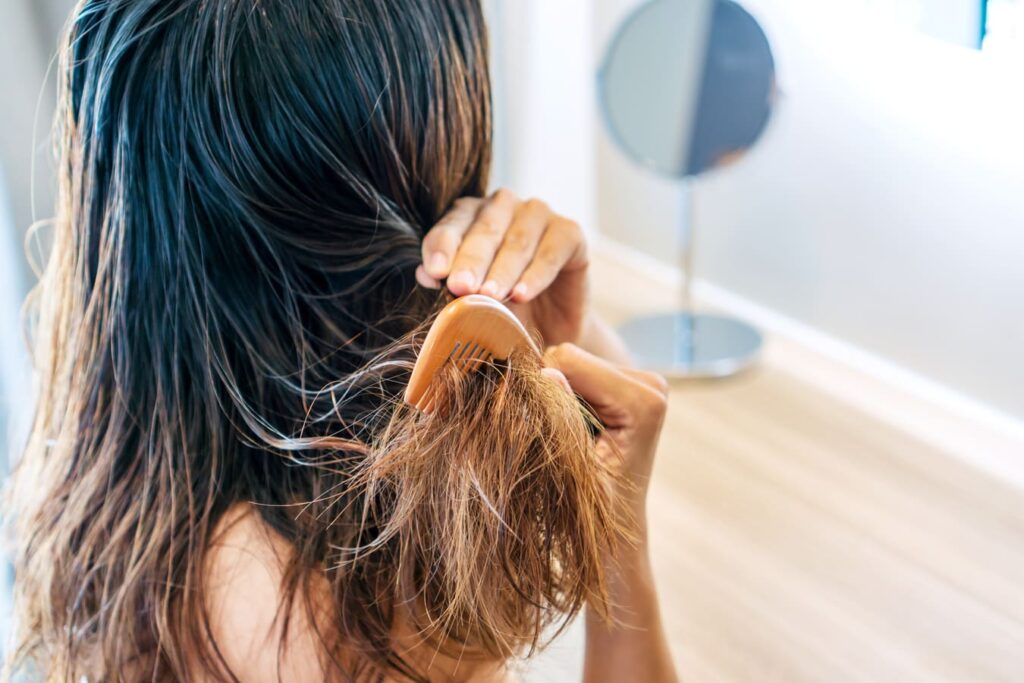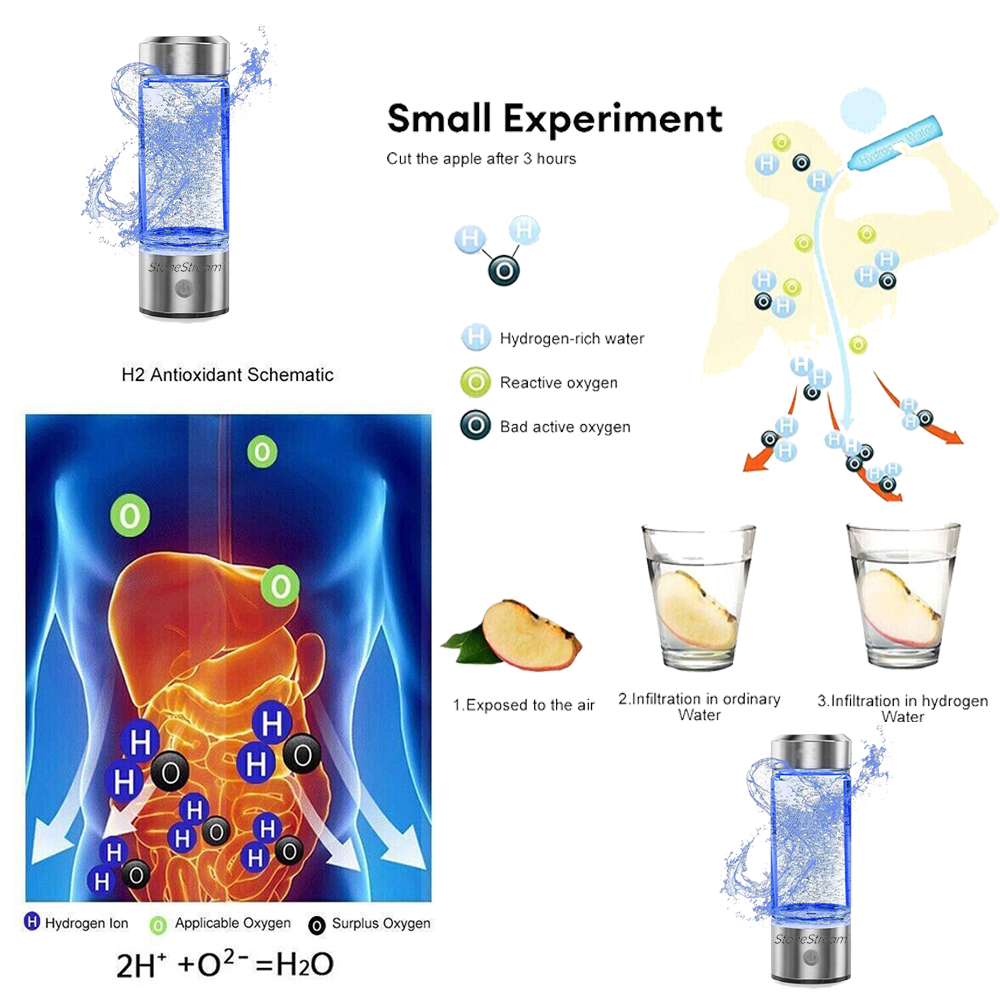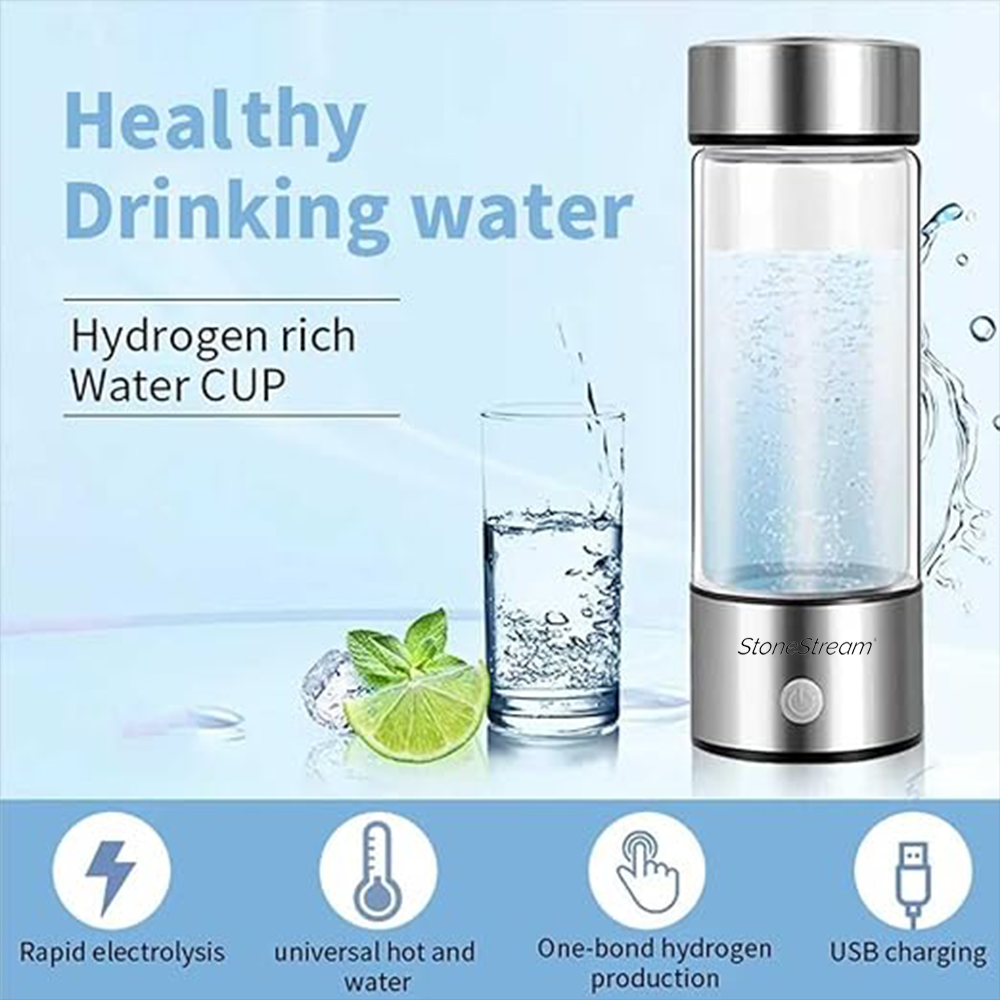Imagining a life without showers is difficult. After all, showers are how most people start and end their day; they are found in almost every bathroom in the world and are essential for good health. It's also funny to realize that, at one point in time, only baths used to be the norm!
Now, baths are seen as luxurious and indulgent whilst showers are the standard. When it comes to baths vs showers, the latter always wins! In fact, growing ecological concern has made people realize that a shower is always the best option due to how much less water it uses when compared to a bath. Clearly, for most of us, daily life would be impossible without showers.
But do you ever wonder where showers came from? Who thought of showers first? Did people in the ancient world take showers? When did we start showering standing up? Who invented the shower as we know it today?
Let's dive a little bit into the fascinating history of the shower and find out, shall we?
Where Was the First Shower Ever?

Before the invention of modern showers, people used to shower under waterfalls, springs, and the rain.
Humans have known and used the concept of showering — i.e., water falling onto the user from a height — for thousands of years. In many parts of the world, people would bathe under waterfalls, springs, and the rain. Of course, these are counted as natural showers and not considered an invention as such.
In ancient Egypt, ceramic jugs were used to pour water over the body. To be more precise, wealthy Egyptians had servants who would pour water over them, while poorer Egyptians took baths in the Nile River.
However, Western historians widely believe that the first shower was "invented" in Greece, between 500-300 B.C. In ancient Greece, just like in the Roman Empire later, public baths were the norm and people also visited hot springs to cleanse themselves. But here's where it gets more interesting.
The ancient Greeks had a sophisticated system of aqueducts and indoor/outdoor plumbing and thus had crude forms of modern showers available in their public baths, which were often attached to gymnasiums. The pipes were installed high up and the users could stand under them and wash themselves using the falling water. Water spouts were also used in these areas for communal showers.
The Greeks were clearly aware of how showers could be efficient and save water at the same time!
Who Invented the Modern Shower?

William Feetham's shower contraption was quite different from what a modern shower looks like!
The first modern shower — the concept as we know it today — was invented in 1767 by William Feetham, an English stove maker from Ludgate Hill.
Feetham's indoor shower design, which was granted a patent, consisted of a basin, an overhead water tank, a chain, and a hand pump. The user had to use the hand pump to transport water from the basin to the tank and then pull a chain to release the water all at once from above.
Despite being quite ingenious and requiring less water than bathtubs, Feetham's invention didn't exactly thrill the common public.
Although servants were interested in the mechanical shower contraption — they would simply have to operate the pump and not worry about physically carrying numerous buckets of hot water for tubs — many people were not happy with the fact that Feetham's shower model reused the same dirty water over and over again.
Additionally, people weren't interested in cleaning themselves using cold water and preferred hot water baths which were the norm.
Then, the English Regency Shower was invented, anonymously, sometime in the early 1800s. This shower contraption is closer to the shower systems of today.
It consisted of a three-metre tall structure that had a water basin held up by five metal pipes, which were often painted to look like bamboo. A nozzle was attached to the bottom of the basin; upon filling the basin with water the user could take a shower with the help of the nozzle.
The Regency Shower was more popular than Feetham's design among the upper echelons of society because users (or their servants) could easily add hot water to the basin.
Another interesting tidbit of information is that Charles Dickens, one of the most esteemed English writers in the world, was quite fascinated by showers.
In 1849, Dickens visited the Isle of Wight with his family and used the help of a local carpenter to create a contraption that allowed him to shower outdoors on the property of a country house — Winterbourne, where he was residing — using the water from the Bonchurch waterfall/stream.
Dickens, however, was one of the few people who embraced the idea of showers. Most of Europe and America were still not fond of using water to wash on a daily basis due to a variety of reasons, such as cold climate, lack of proper plumbing and sewage systems, and a medieval belief that clogged pores kept the body safe.
Of course, in the mid and late 19th Century, advances in plumbing were certainly made; plumbers began to look for new ways to make bathing/showering convenient and pump hot water into houses.
The Industrial Revolution, growth of cities, mass migration of people from villages and towns to urban spaces, and increasing pollution also made people rethink their attitudes towards water-based hygienic practices.
Additionally, people realized how economically feasible and convenient showers were and incorporated them in spaces that housed a large number of individuals, such as boarding schools, military barracks, and asylums.
Eventually, Victorian Needle Showers became a fad among the upper class. The shower contraption consisted of several interconnected pipes and formed a curved enclosure within which the user would stand.
Water jets, like fine needles, would spray out from different points of the ribcage-like shower structure, hitting different parts of the body simultaneously. Needle showers were believed to be therapeutic and good for one's internal organs.
However, sponge baths were still the norm, private and indoor shower rooms were rare, and only the rich could afford to properly clean themselves using water indoors in Western society till the 20th Century.
When Did Showers Become Popular in the US?
In the 20th Century, with increasing urbanization, technological developments, the spread of sophisticated plumbing, regular supply of indoor fresh water, and globalization, attitudes towards bathing and showering changed again.
In the 1920s and 1930s, showers were made popular in the US and were pushed toward all classes of people. After the two World Wars, consumerism was steadily on the rise. People were extremely interested in spending on material items, especially those that would make their homes look good.
When Did Showers Become Popular in the UK?
By the 1960s, the UK too began to shift over to the shower system. Electric showers (or tankless water heaters) were launched around this time as well, and people could use water heaters to enjoy soothing warm showers. By the 1980s, the shower had become a household staple.
Although baths are still popular in the UK, showers continue to be more accessible, convenient, and economic.
More Power to the Humble Shower
Today, showers are a staple in most homes and are used by millions of people every day. Indeed, they are preferred over baths; they also use less water and occupy less space than baths, making them a popular option in urban dwellings.
Thanks to the invention of the modern shower, we can now enjoy a quick and refreshing start to our day!
Take a look at this article that explores how to take a shower properly, because you'd be shocked by how many people seem to be unaware of it!
StoneStream Showers — Good For You, Good For the Planet

Enjoy every shower and save water with the StoneStream EcoPower.
Clearly, humans have always thought of showering as an efficient, economic, and environmentally friendly way of getting clean. The sentiment hasn't changed much in modern times either!
In fact, considering the state of the world and its fast-depleting natural resources, it's necessary to ensure that modern shower devices are eco-friendly, cost-effective, and durable. We must, as much as possible, try not to waste water. This is where StoneStream comes in!
At StoneStream, we believe in providing our customers with showers that are good not only for them but also for the planet. Our innovative EcoPower shower heads can reduce the water consumption of a family of four by up to 35%, helping them save almost £227/$280 and 45,990 litres/121,50 gallons of water a year!
And that's not all. StoneStream shower heads manage to increase the water flow velocity by 200% when compared to regular shower heads whilst saving water at the same time! You'll get to enjoy a luxurious shower — and make sure of three spa-like shower settings of rainfall, massage, and jetting — without worrying about your water bill.
Moreover, our shower heads are equipped with a unique filtration system that makes use of either mineral stones or a polypropylene mesh (you choose!) to purify and soften running water.
So, say goodbye to dribbling shower heads and embrace the StoneStream EcoPower shower head that is high pressure, stylish, filtering, water softening, and eco-friendly. We also have a Matte Black shower head that's guaranteed to elevate your showering experience as well bathroom's appearance.
Additionally, we have a range of shower accessories, such as shower replacement filters, shower hoses, non-slip shower mats, and suction shower head holders. Head over to our website today to shop for the best shower heads and bathroom shower accessories on the market!
StoneStream EcoPower ShowerHead




